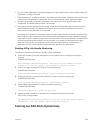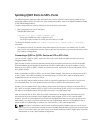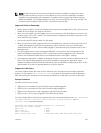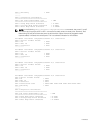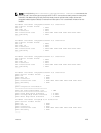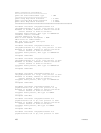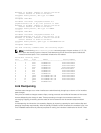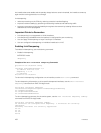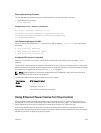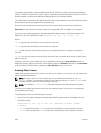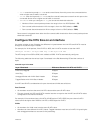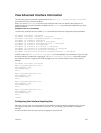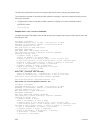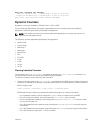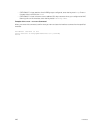
Clearing Dampening Counters
To clear dampening counters and accumulated penalties, use the following command.
• Clear dampening counters.
clear dampening
Example of the clear dampening Command
Dell# clear dampening interface Te 0/1
Dell# show interfaces dampening TengigabitEthernet0/0
InterfaceStateFlapsPenaltyHalf-LifeReuseSuppressMax-Sup
Te 0/1Up00205001500300
Link Dampening Support for XML
View the output of the following show commands in XML by adding | display xml to the end of the
command.
• show interfaces dampening
• show interfaces dampening summary
• show interfaces interface x/y
Configure MTU Size on an Interface
Maximum Transmission Unit (MTU) is defined as the entire Ethernet packet (Ethernet header + FCS +
payload).
The link MTU is the frame size of a packet, and the IP MTU size is used for IP fragmentation. If the system
determines that the IP packet must be fragmented as it leaves the interface, the system divides the packet
into fragments no bigger than the size set in the ip mtu command.
NOTE: Because different networking vendors define MTU differently, check their documentation
when planning MTU sizes across a network.
The following table lists the range for each transmission media.
Transmission
Media
MTU Range (in bytes)
Ethernet
594-9216 = link MTU
The IP MTU automatically configures.
Using Ethernet Pause Frames for Flow Control
Ethernet Pause Frames allow for a temporary stop in data transmission. A situation may arise where a
sending device may transmit data faster than a destination device can accept it. The destination sends a
PAUSE frame back to the source, stopping the sender’s transmission for a period of time.
An Ethernet interface starts to send pause frames to a sending device when the transmission rate of
ingress traffic exceeds the egress port speed. The interface stops sending pause frames when the ingress
rate falls to less than or equal to egress port speed.
Interfaces
433



